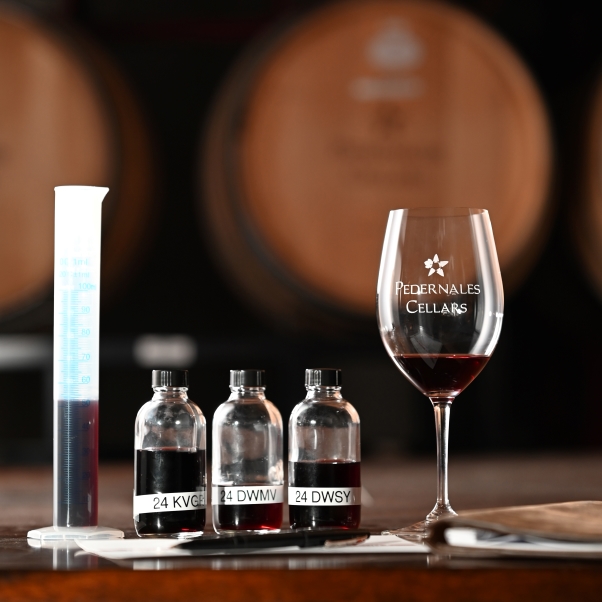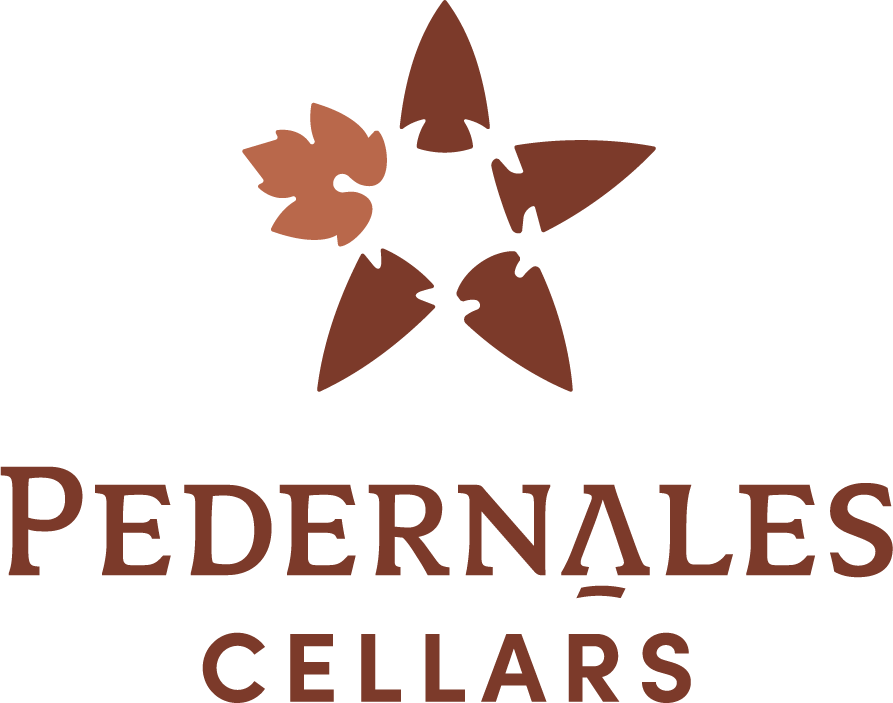If you get to be Winemaker for a Day, choose Blending Day.

Winemaking is pretty geeky most of the time – pH, Titratable Acid, and Brix roll effortlessly off the tongues of winemakers and into the baffled ears of the rest of us. On blending day, however, the playing field flattens out a bit. Blending wine involves no more tricky numbers than the measurements on the side of a beaker, and no more complex tools than our personal noses and mouths. On Blending Day, the artistic side of winemaking is at its apex.
So, what are you looking for in a blend? The first thing to decide is whether the wines that you have in barrel or tank play well with others. If you are sitting in a cellar full of Pinot Noir and Syrah, for instance, you are probably going to conclude that you are going to produce single varietal Pinots and Syrahs, because in the case of a Pinot-Syrah blend the sum of the parts would be less than the parts themselves. That doesn’t mean you aren’t blending, however. Very often single varietal wines are in fact blends – blends of different vineyards, different barrels, even different winemaking. In that case, what blending should achieve first and foremost is balance. One wants the fruit intensity to be matched by acidity that makes the wine mouth-wateringly delicious. One wants wine that is barrel aged with toasty notes to be balanced with unoaked wine with fresh fruity flavors. Our 2023 Viognier Reserve is an example of this sort of blend. It is sourced from two different vineyards – Nogalero and Lahey Vineyards, both in the Texas High Plains. In addition, 40% of the wine was aged in oak, whereas the rest was not.
Now, let’s say that instead of Pinot Noir, the Syrah in your cellar finds itself alongside barrels of Grenache and Mourvèdre. If so, it should be very happy Syrah indeed, because these are two of its favorite friends. In fact, these are such good friends that Syrah, which otherwise likes to hog the limelight, actually takes a step back and lets the other two strut their stuff. This takes style, which is another thing one is looking for when blending. Grenache, Syrah, and Mourvèdre are the three main components of Rhône-style blends, named after the river valley in southern France, where it has its ancestral home. Each of these grapes brings different ingredients to the blending table: Grenache brings savory, red fruit aromatics and body; Syrah brings vibrant color, tannins and acidity: and Mourvèdre brings velvety dark fruit and soft tannins. Together they are a whole that exceeds the sum of their parts, as is exemplified by the 2021 GSM Mélange. The question for you as Winemaker for the Day, then, is which percentages of each creates a wine that captures the same style in the new vintage. Happy Blending!
Cheers!
Dr. Julie
